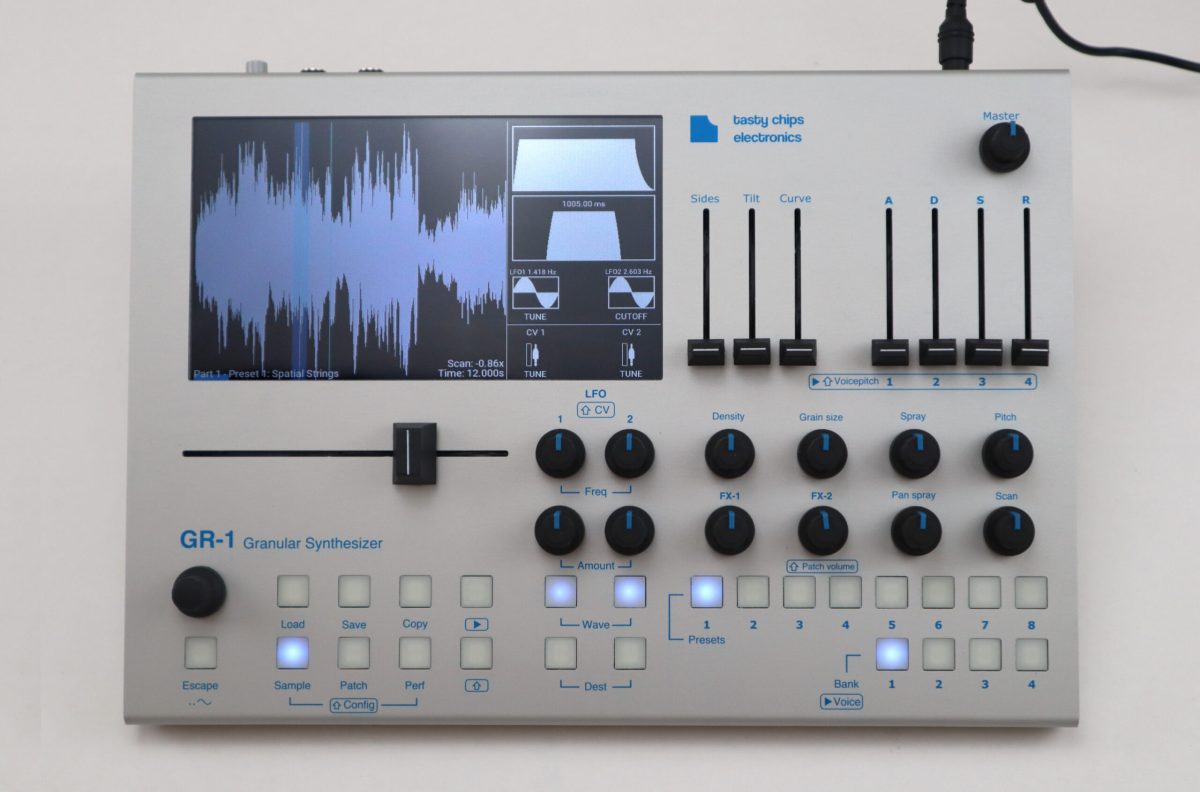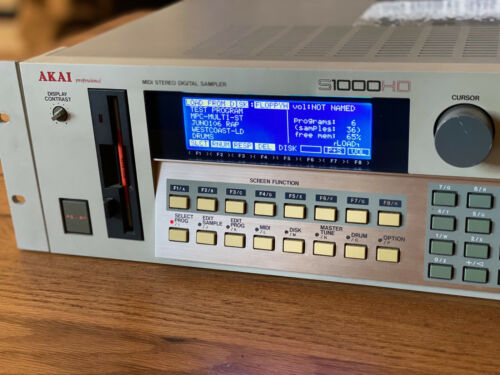A granular synthesizer is a type of synthesizer that creates new sounds by combining small sound “grains,” as the name suggests. These audio grains typically range from a few milliseconds to a few hundred milliseconds. To produce new sounds, the synthesizer combines and modifies these grains in various ways.
Granular synthesis is a technique for producing sounds that can be used to make a variety of sounds, from the sounds of traditional instruments to more experimental and abstract sounds. This synthesis technique is renowned for its capacity to produce intricate and dynamic textures and its innovative sound manipulation.
Sounds that are impossible or challenging to create with other synthesis techniques can be produced using granular synthesis. This can include tones with a lot of harmonic content, timbral variety, or a sense of motion over time.
Granular synthesis is one of the sound generation techniques used by many software synthesizers and some hardware synthesizers.
Examples
- Ableton Live’s Grain: A software granular synthesizer that is integrated into Ableton Live’s rack.
- Native Instruments Reaktor’s Grain: A software granular synthesizer that is integrated into Native Instruments Reaktor.
- Mutable Instrument’s Grids: A Eurorack hardware granular synthesizer
- Make Noise’s Clouds: A Eurorack hardware granular synthesizer
- Qu-Bit Electronix’s Grain: A Eurorack hardware granular synthesizer
- Tasty Chips GR-1: A hardware granular synth (pictured)


